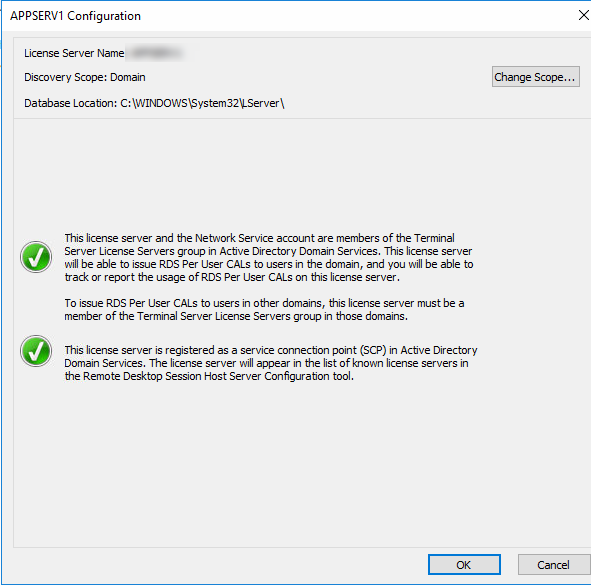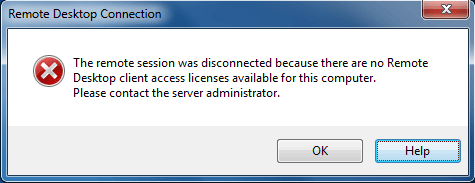

Per User licensing is used to allocate a CAL to each user connecting to an RD deployment (where an Active Directory infrastructure exists).
#Microsoft remote desktop license license
Per Device is used to allocate a Client Access License (CAL) to each client device accessing an RD deployment, including VDI infrastructure. RD Licensing is primarily deployed in one of two flavours Per Device or Per User. RD Licensing (previously Terminal Services) has undergone many iterations of changes since its original inception back in NT4, much of which is no longer relevant to the current supported editions of Windows Server. With the helpful collaboration of our Escalation Engineers and the Product Group, this article aims to throw light on RD Licensing in a way that helps an organisation make informed decisions on how best to configure a Remote Desktop environment in the mostĬost effective and resilient way possible.īefore progressing any further, bear in mind that the information provided here applies specifically to Remote Desktop Services i.e. For many years however this subject matter has remainedĪ source of misinterpretation amongst both customers and Microsoft engineers alike, fuelling the publication of misguided information that only further detracts from understanding the true underlying mechanics at work.


Love it or hate it, Remote Desktop Licensing (RD Licensing) remains a core responsibility for IT admins to maintain operational efficiency and legal compliance for any given Remote Desktop infrastructure.


 0 kommentar(er)
0 kommentar(er)
